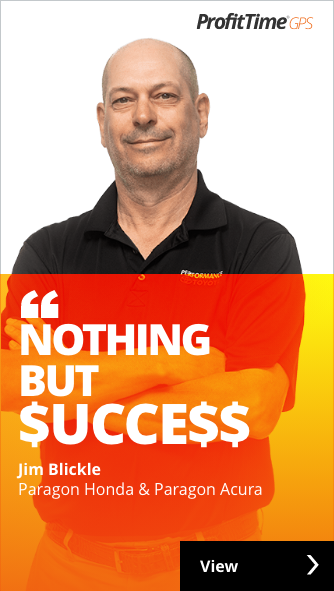It’s Time for Variable Management of Used Car Inventory | vAuto
You’ve probably heard about Variable Management by now. It’s the new way of managing used car inventory to optimize the profit potential of each vehicle in each market. It replaces the one-size-fits-all approach called the Velocity Method of Management®, and it’s rapidly growing in popularity — for lots of reasons. Read on to learn why.
Variable Management Pays Off
Above all, dealers have had a lot of success with Variable Management. In fact, they’re making 17.3% more gross and seeing even higher net profit outcomes in their used car departments than dealers who haven’t yet switched from Velocity®.
Used Car Market Volatility Calls for Variable Management
These days, the values reflecting supply and demand vary by vehicle age, price, segment and market. And all this used car market volatility requires a variable strategy. Today’s variable market factors include:
- Depreciation
Cars now depreciate at different rates. In fact, some of today’s fastest depreciating vehicles fall in the luxury segment because consumers struggle to afford them.
- Pricing
Today’s approach to pricing used cars should account for each vehicle’s price sensitivity and your ability to sell it.
- Inventory mix
The right mix of vehicles is unique to every dealer and continuously changing. What sold in the past isn’t necessarily going to sell tomorrow.
- Sourcing
These days, you can’t grow your sales if you only stock trade-ins and vehicles acquired at auction. Multi-channel sourcing is the way to go, but every channel has its own challenges.
- New car inventory
The growing availability of new cars will put more pressure on used vehicle demand, and incentives will put more pressure on used vehicle prices.
Margin Compression Is Back
As 2022 came to an end, margin compression returned for the first time since the start of the pandemic. And it looks like we’ll be dealing with it for a while, largely because economic challenges are driving down demand for used cars. Shifting to Variable Management can help ensure you’re not investing too much money in cars that end up sitting too long on your lot. With Variable Management, you’ll understand each vehicle’s unique profit potential so you know how the unit should be priced to earn the most gross.
You’ll Make the Most of Low-potential Vehicles
If you’re like most dealers, you’ve got a story or two (or more!) about a vehicle you sold that lost gross profit. Maybe you paid too much for the car or the market suddenly turned. Either way, you probably lost money on the car simply because it wasn’t priced to move when it should have. With the Variable Management approach, you’ll know how to appraise and price your low-potential vehicles so they move quickly and you don’t lose money.
You’ll Optimize Gross on High-potential Vehicles
On the flip side, you might know what it’s like to get to the end of the month and cheap-sell some cars just to hit your volume numbers. That practice happens far too often, and gross profit suffers because of it. But with Variable Management, you’ll always recognize your high-potential vehicles so you don’t roll a car for less than it’s worth.
Whether you’re worried about used car market volatility, margin compression or just general dealership performance, Variable Management is the best way to approach used car inventory today. As Senior Director of vAuto Strategic Planning Patrick Janes explains, more than 89% of today’s big data has been generated in the past two years. It’s time to use that data science to determine the investment value of used cars. And vAuto’s ProfitTime® GPS is the industry’s only Variable Management solution — built specifically to optimize your ROI on every vehicle, at every moment.
To learn more about using the Variable Management approach with ProfitTime GPS, request a demo today.

















